Greenland is famous for its ice cap, which covers more than 80% of its area. From space it looks like a continuous, uniform ice massif, but in fact it is a cluster of snows and glaciers of different sizes and shapes that have remained on the surface of the earth since the last Ice Age.
Glaciers of Greenland
Glaciers depending on their location can be of two types, and by their classification they are further divided into other subtypes. Mountain-valley glaciers are located on mountain peaks adjoining valleys; they can even cover the bottom of volcano craters. Cover glaciers cover most of the land regardless of the terrain. As a rule, glaciers have so-called “tongues”, which are their exit to the water. It is from the tongue that beautiful and huge pieces of calved glacier – icebergs – descend into the water. The largest cover glaciers are the two largest glacial sheets on our planet – Antarctic and Greenlandic. Out of more than 130 glaciers in the territory of Greenland there are leaders in terms of area and volume of ice, and some of them are noteworthy for the fact that they are the fastest to melt.
Melting of Glaciers
Due to global warming imminently raising the overall air temperature on the planet, all the glaciers melt very quickly. For example, by now only a tiny part of once huge glacial cap of the famous Kilimanjaro glacier located on the similarly named mountain in Kenya has remained. This glacial cap was the one to impress the writer Ernest Hemingway by its size, and he wrote his famous story “The Snows of Kilimanjaro”. Scientists believe that by 2020 this glacier will completely disappear from the face of the earth. And it “lived” for more than 11 thousand years.
The glacial cover of the South Pole has declined remarkably. Its area has decreased by 2.28 million square kilometers, which is the absolute minimum recorded by scientists.
By 2050 the largest mountain glacier in the Tien Shan, Central Asia, will melt by 50%.
The general process of melting of glaciers could not but affect Greenland. There is a glacier, which has recently been closely monitored by scientists due to the fact that now it is the epicenter of ice melting in the whole Greenland.
Kangia Glacier
It is located near the city of Ilulissat, and its ice tongue with icebergs exits to the coastal waters along the Jakobshavn fjord protected by UNESCO. It is also called the Jacobshavn Glacier or Sermeq Kujalleq, which means “southern glacier” in the local language. However, it is located not in the south of the island of Greenland, but in the southern part of the city of Ilulissat.
This ice massif accounts for 6.5% of the entire Greenland ice sheet and produces 10% of all icebergs on this vast island. According to scientists’ observations this is the fastest glacier existing today. Its speed of movement is 45 meters per day, although only a couple of years ago it moved at a speed of no more than 20 meters per day. Due to its speed it produces a record number of icebergs, which go into the open sea along the Jakobshavn fjord. The record ice sheet, which calved from the glacier, was 12.5 km2. This event was recorded by satellites in August 2015. One of scientists’ versions as to why the glacier moves so fast is that Greenland actually consists of three islands that stay together only due to the ice sheet that covered them. And now, because of the thinning of the ice cover the movement is much faster. Over the past 10 years this glacier has melted more than during the previous 150 years, therefore, such close attention from scientists is not surprising.
From the whole list of available excursions in Ilulissat a helicopter flight to the Kangia Glacier will be one of the most fascinating trips.
Helicopter
If you decide to take this fascinating trip, be ready that it will come at a price. This is the most expensive excursion of those available at the time of our stay. The thing is that you will fly to the glacier by Air Greenland helicopter, which apart from transporting tourists is also engaged in such routine tasks as transportation of sick patients from remote settlements to Ilulissat, delivery of food and building materials to remote places of its region, especially in winter. In addition, all scientific and research expeditions in this area are performed with the help of this helicopter. Thus, this red “workaholic” has not much time left for tourists. Therefore, write to the travel agency in advance and find out the schedule of this excursion.
The helicopter that was used to transport tourists to the glacier and back is a model Bell 212. It has 9 seats for passengers and 2 for crew members. In the fleet of AirGreenland there are only 8 such helicopters scattered throughout Greenland.
Flight to the Glacier
The beginning of our trip was a bit of a bust, and if not for the chance success, we might not have gotten to this amazing glacier at all. We registered with the group for the flight, paid money, and we even were brought to the airport. But in the waiting room, 10 minutes before departure, it turned out that for technical reasons the helicopter could not fly out at that moment. To say we were disappointed will be an understatement. We were taken back to the tour operator’s office, and there they offered to refund us the money paid for the trip or to queue up for the next available flight. We decided to take a chance and wait. We had to wait five whole days. The time of our second flight was scheduled for morning and then was moved to evening, because the helicopter was busy with other matters. Therefore, only because we stayed in Ilulissat for 8 days, we managed to go on this trip. None of the people, who were with us during the first attempt to go to Kangia, was present on the second flight. They simply could not wait for it because they came to Ilulissat for a shorter period than we did. Based on our experience, be prepared that this trip, like any other in Greenland, can be canceled or postponed. And you cannot influence this situation in any way. You just have to accept this and try to think positively.
Technically, the flight itself was not difficult. It took 20 minutes in one direction, and we were allowed to stay on land by the glacier for 30 minutes. Because the surface of the glacier consists entirely of huge ice blocks, it is impossible to land directly on it. Therefore, we landed on a small “patch” of land right in the middle of the glacier. There is no landing area, so the helicopter lands directly on the rocks. In addition, there are cameras that record movements and speed of the glacier – this is how scientists get all necessary information.
Despite the fact that you will be dropped off right in the middle of the glacier, the most impressive shots can be taken not there, but during the flight. After all, the understanding of how great this ice can be comes when you are high above. Flying in the helicopter over the peaks of ice blocks, we felt like we could touch them.
During the stop you can go right up to the snow, which previously was on the glacier.
The ice blocks have the most bizarre shapes, and they are very different from icebergs that have already descended to the water and drift along the fjord.
It is very difficult to describe the dimensions of this glacier. Because the only thing you see beyond the horizon is the snow peaks. Before this trip I had a completely different impression of the appearance of the glacier.
It is even impossible to imagine what will happen when this entire ice massif melts. Naturally, this will not happen in a year or two, but the scientists’ outlook is very disappointing. Global warming will inevitably melt all the glaciers on our planet, so let’s try to do everything possible to at least slightly delay the disappearance of such a beautiful and unique natural miracle as glaciers.

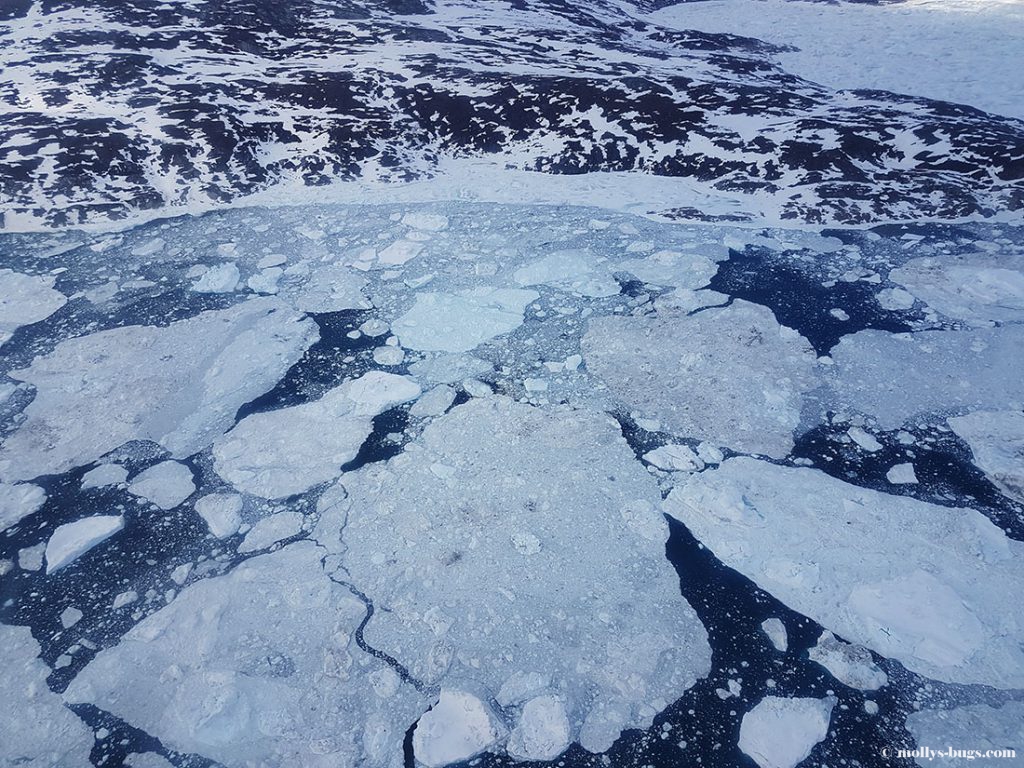
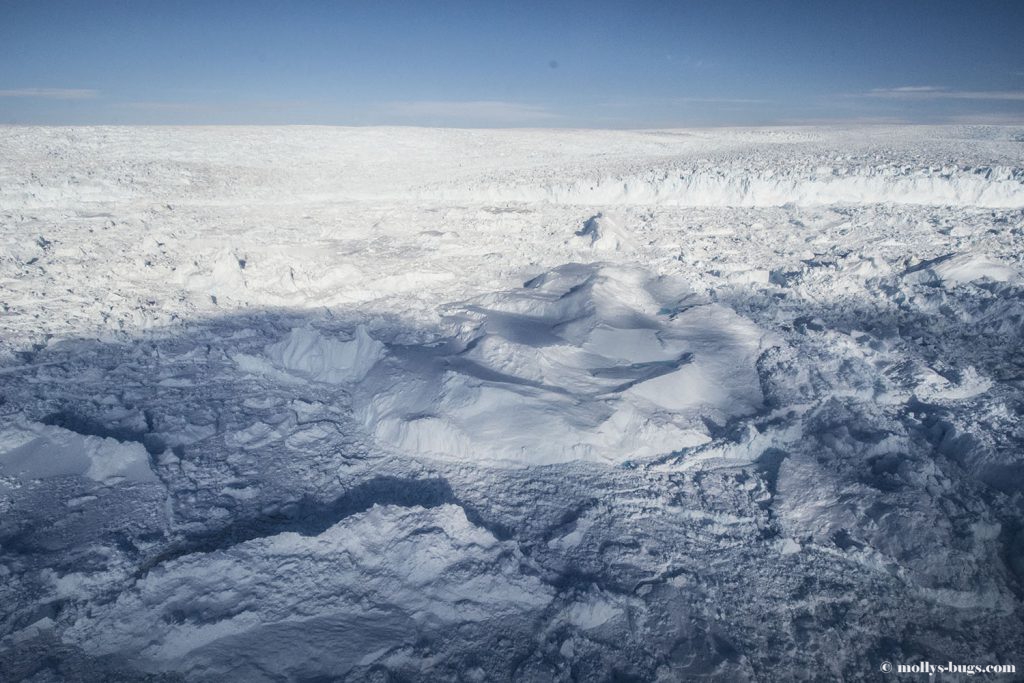
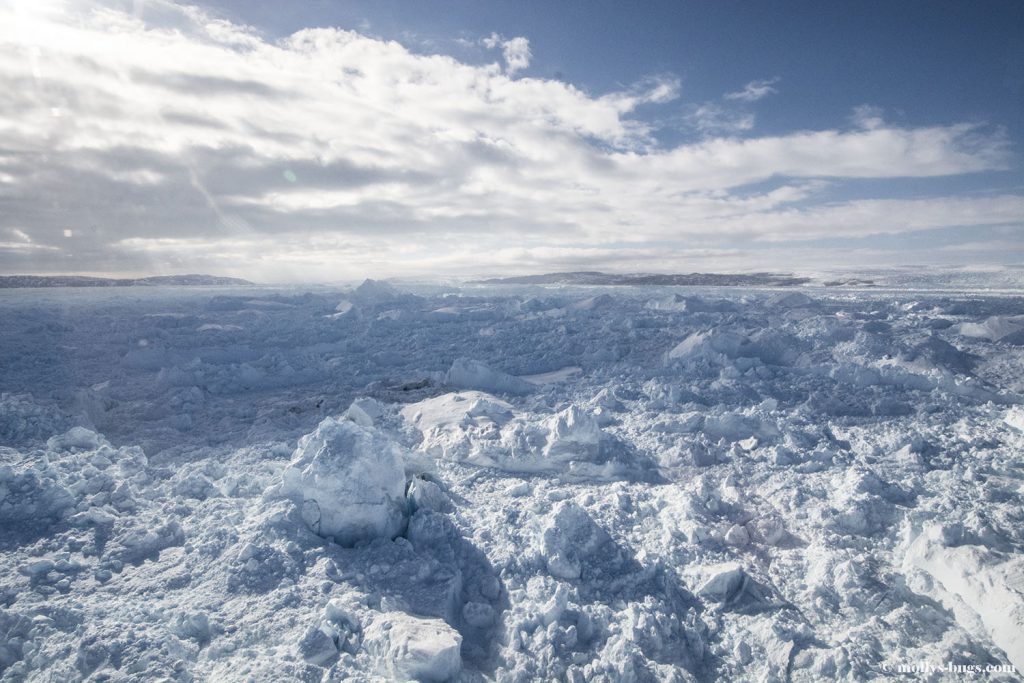
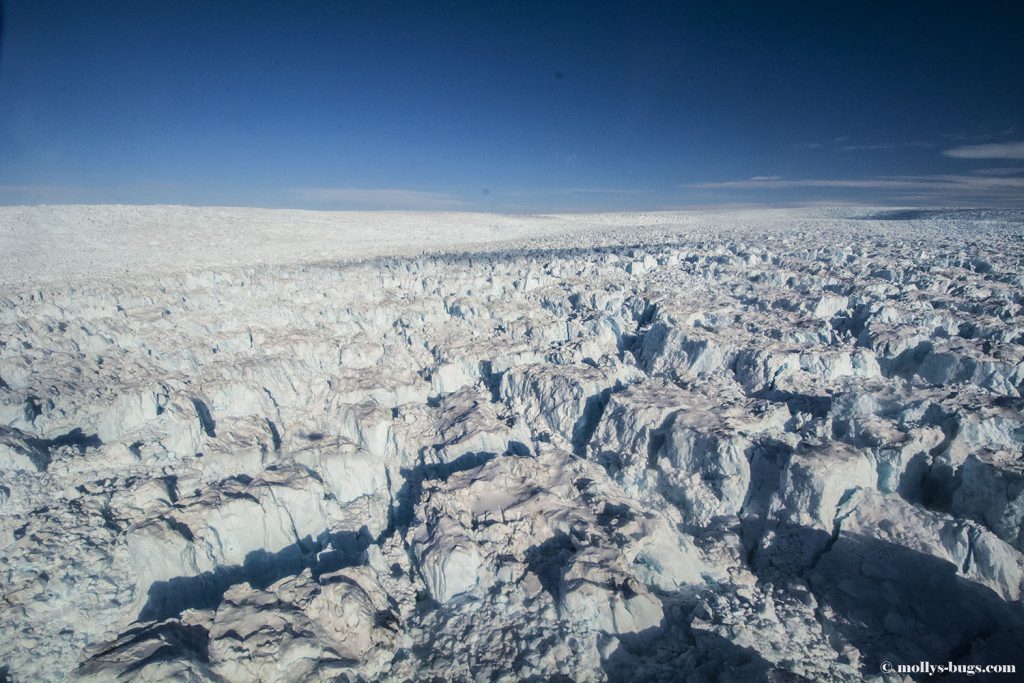
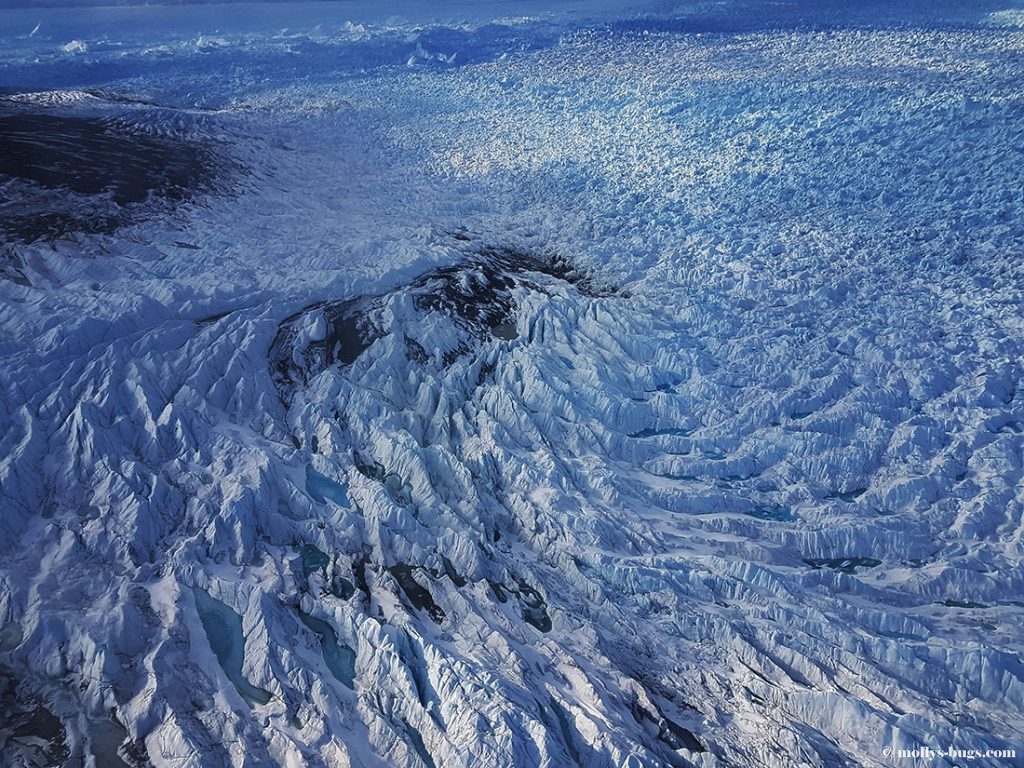
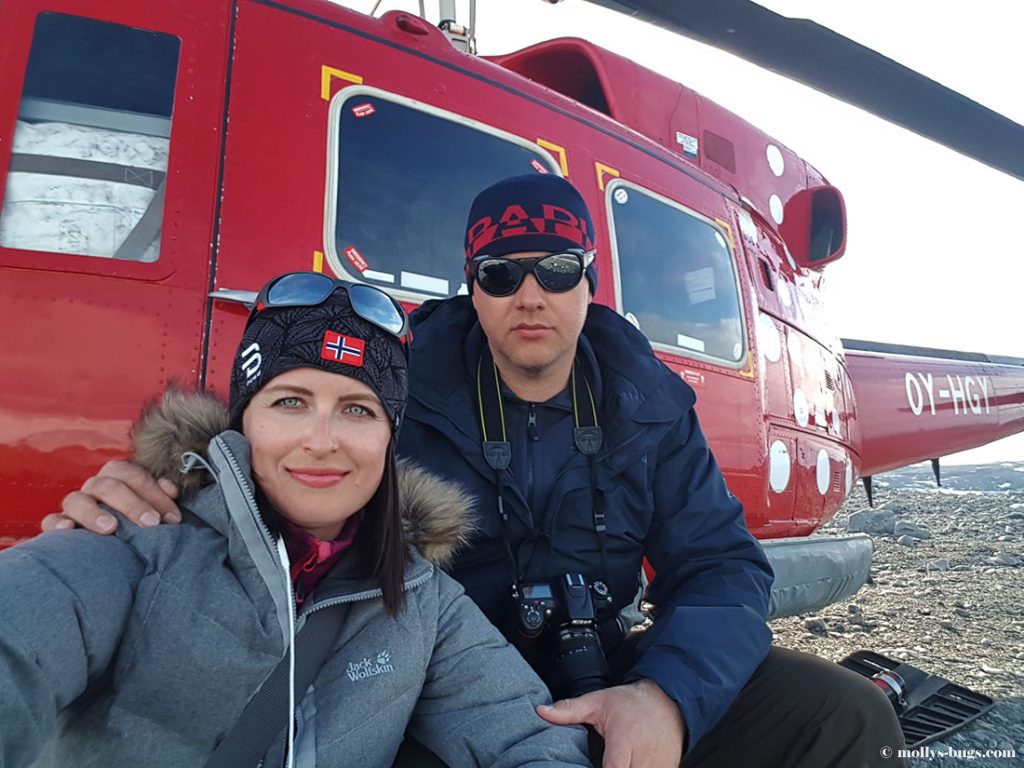
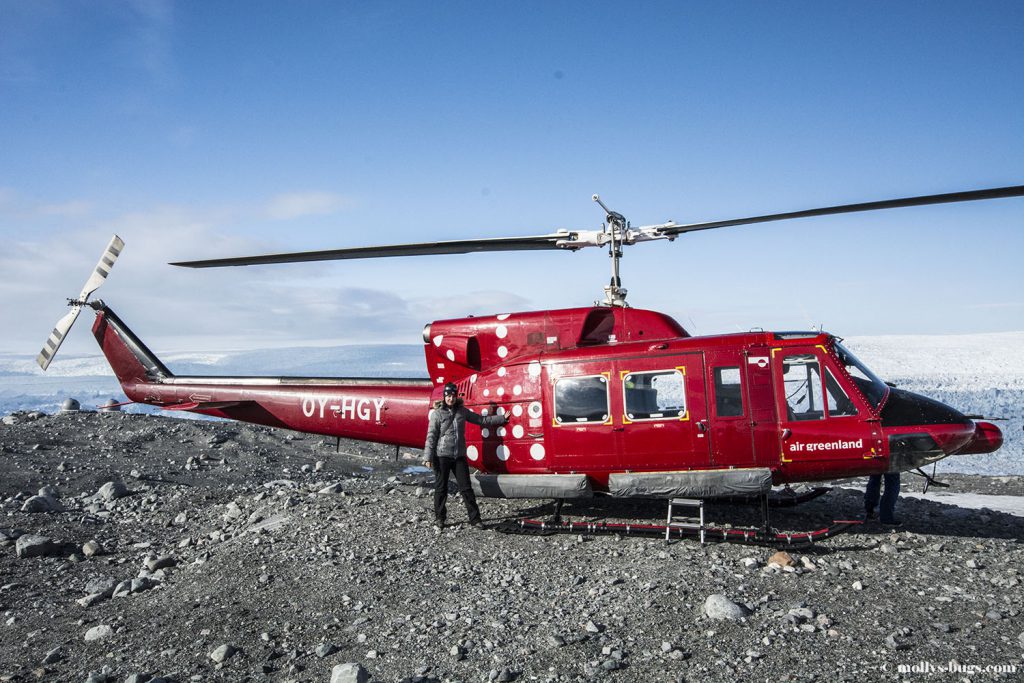
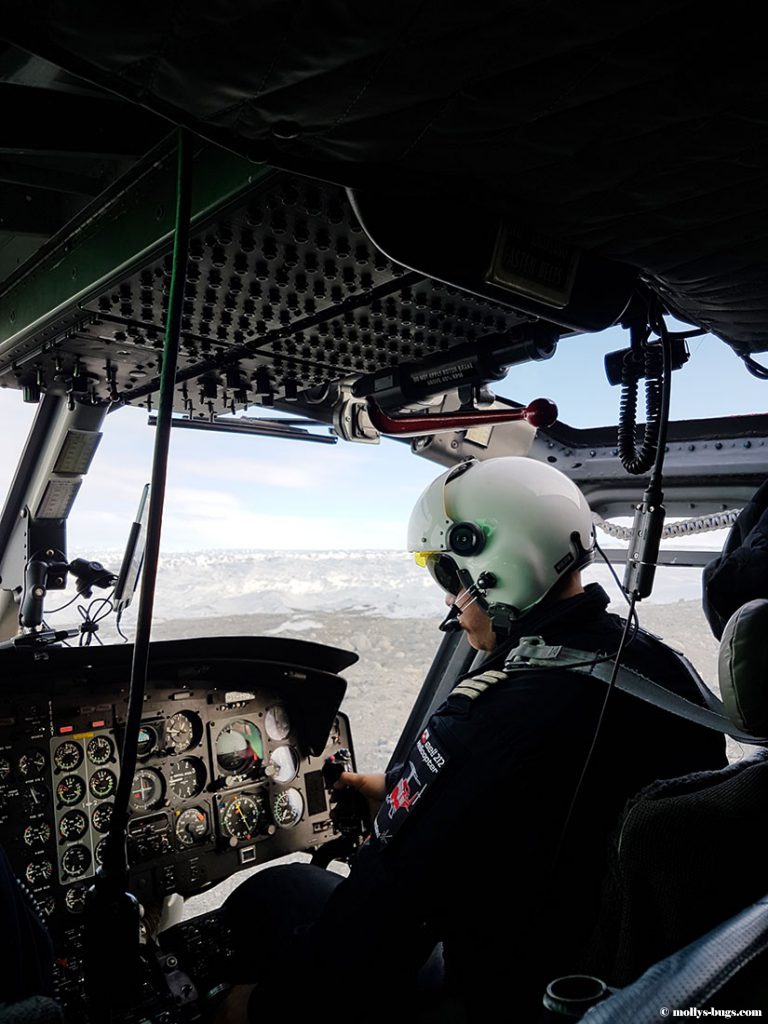
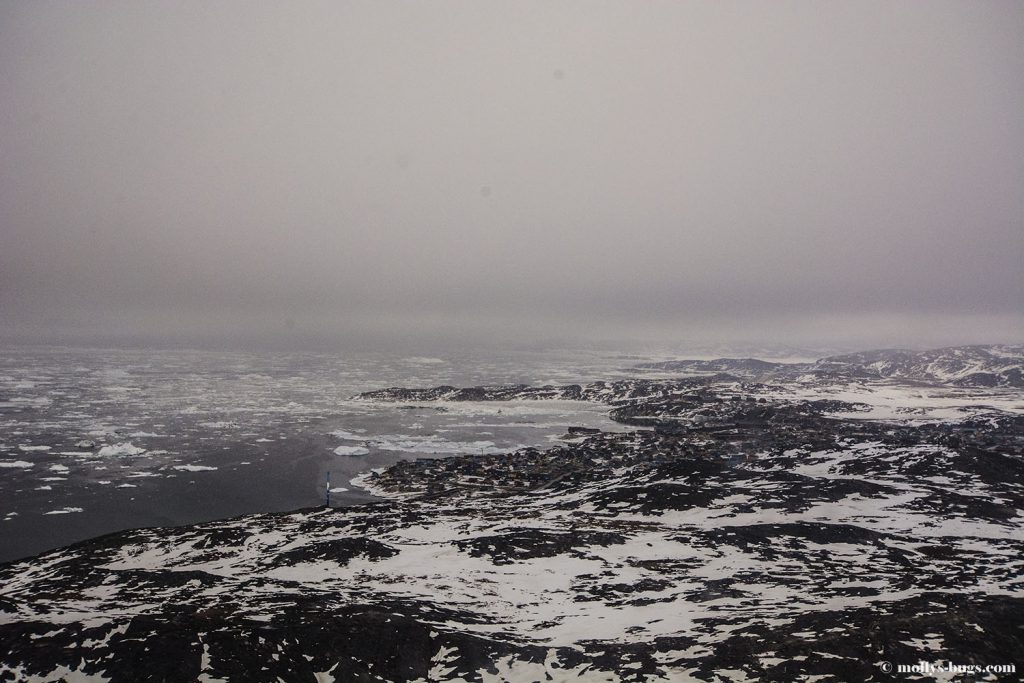
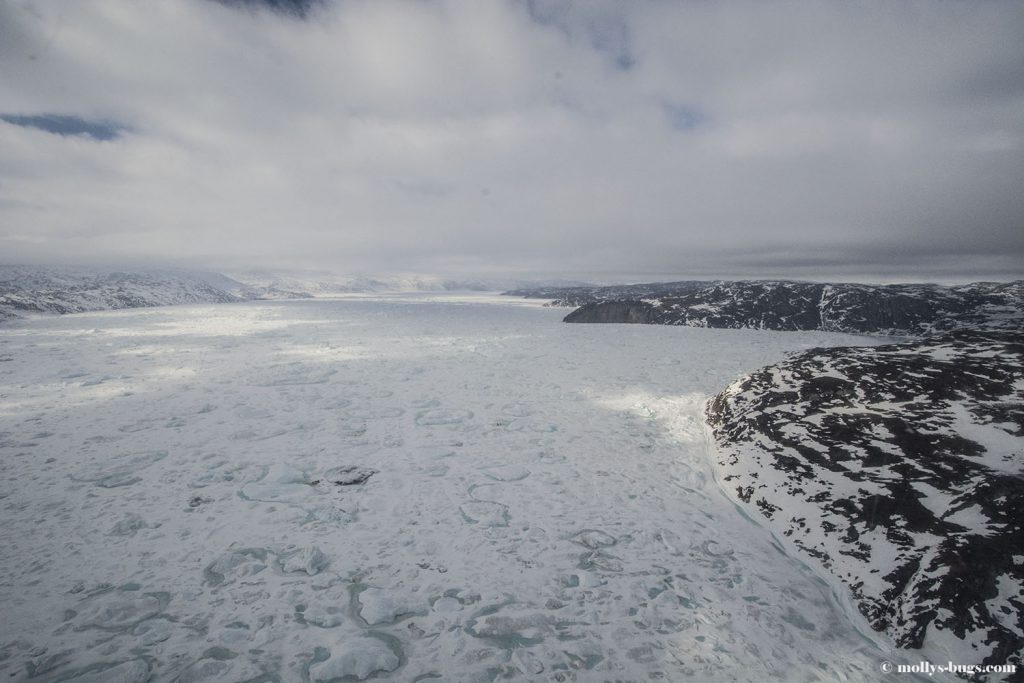
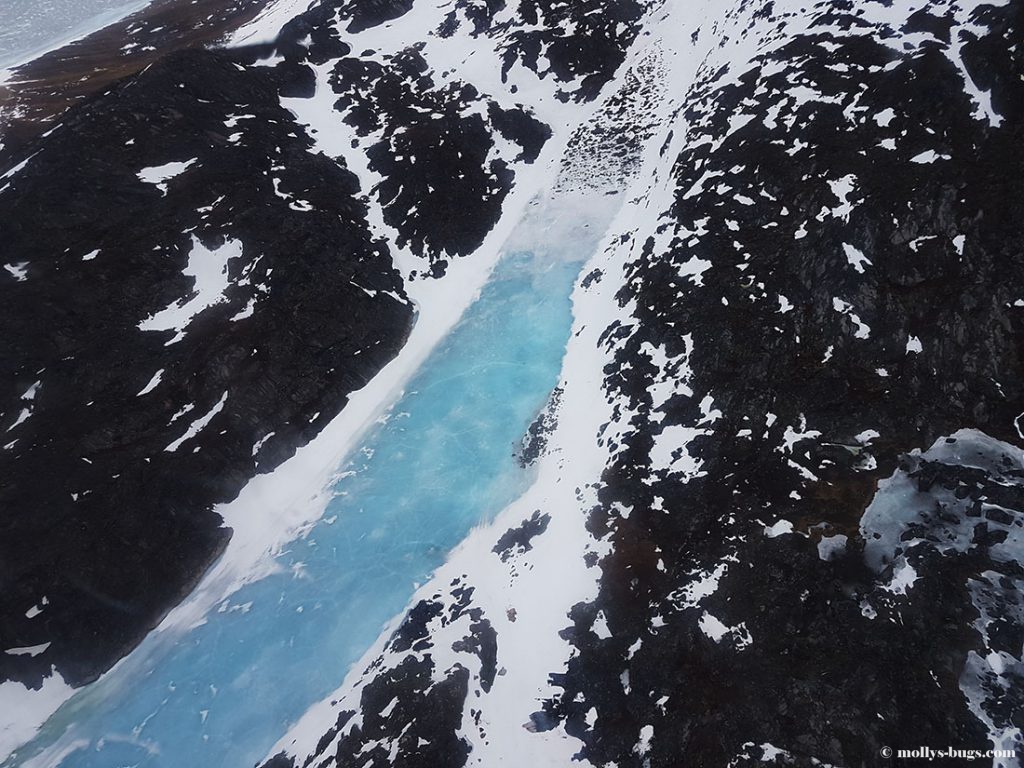
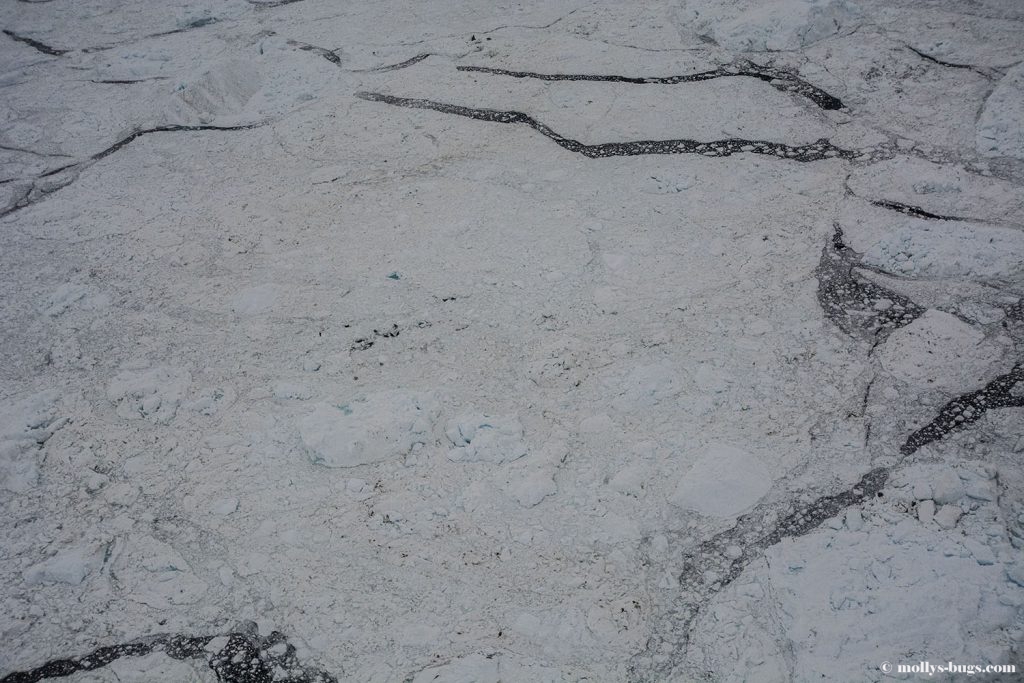
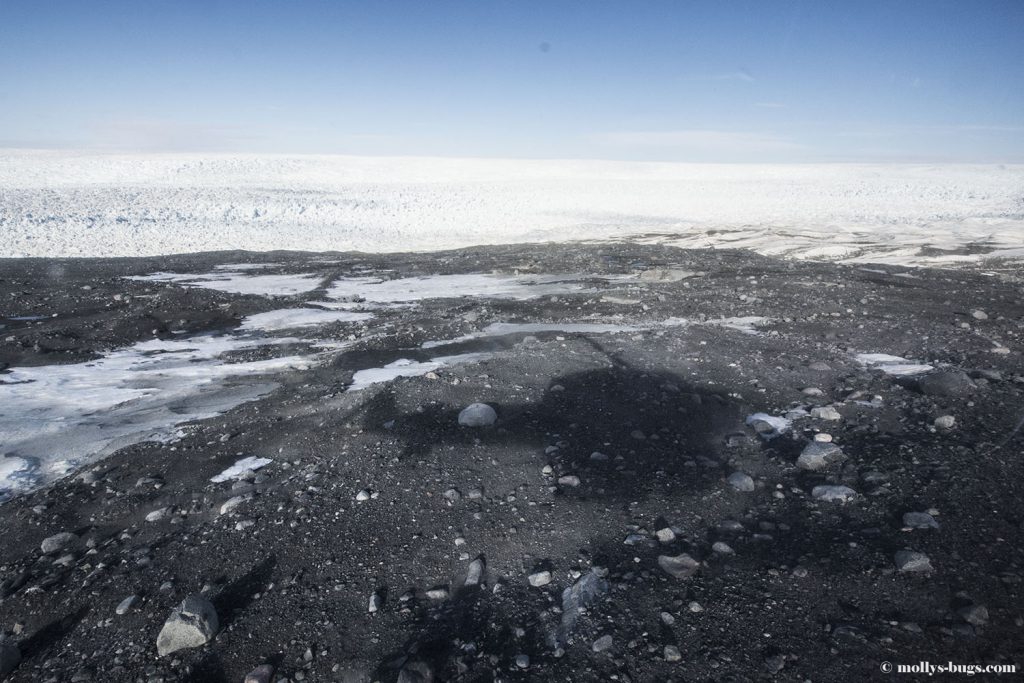
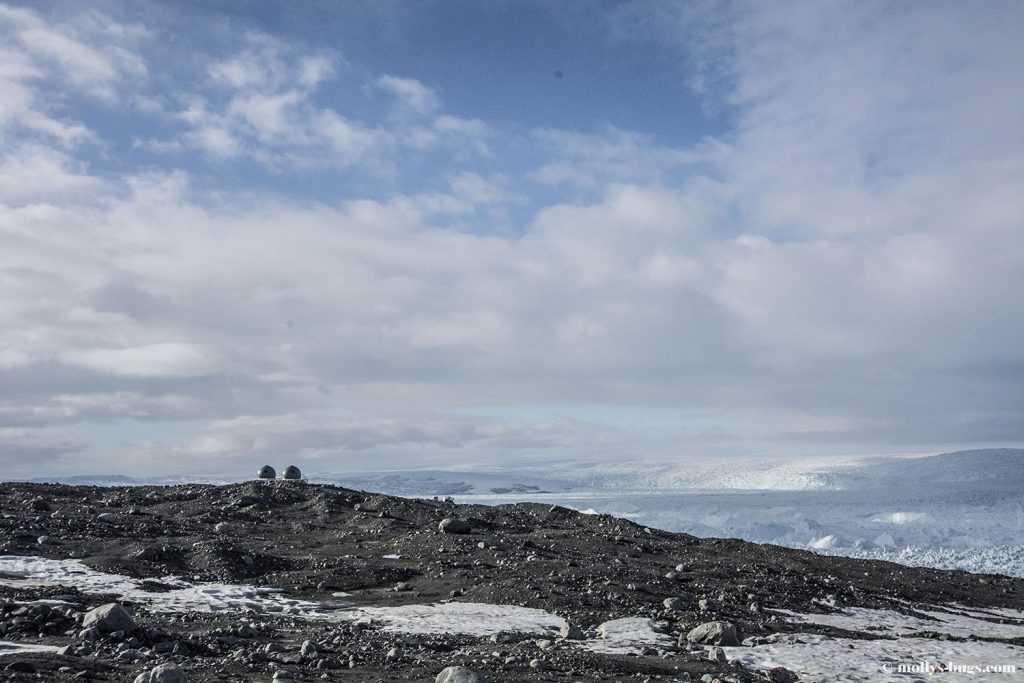
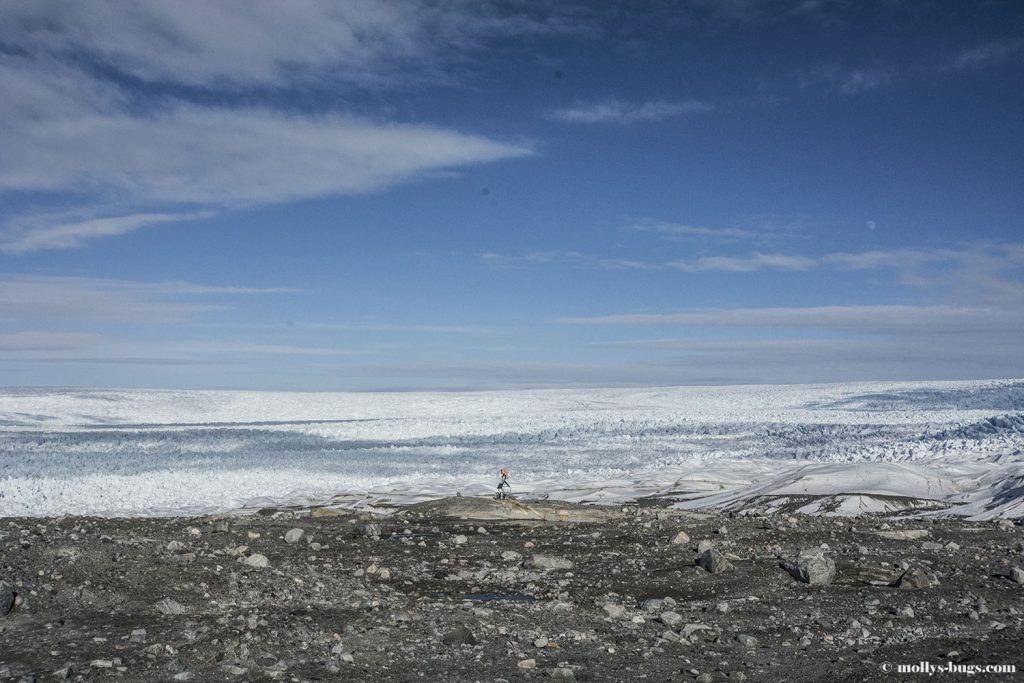
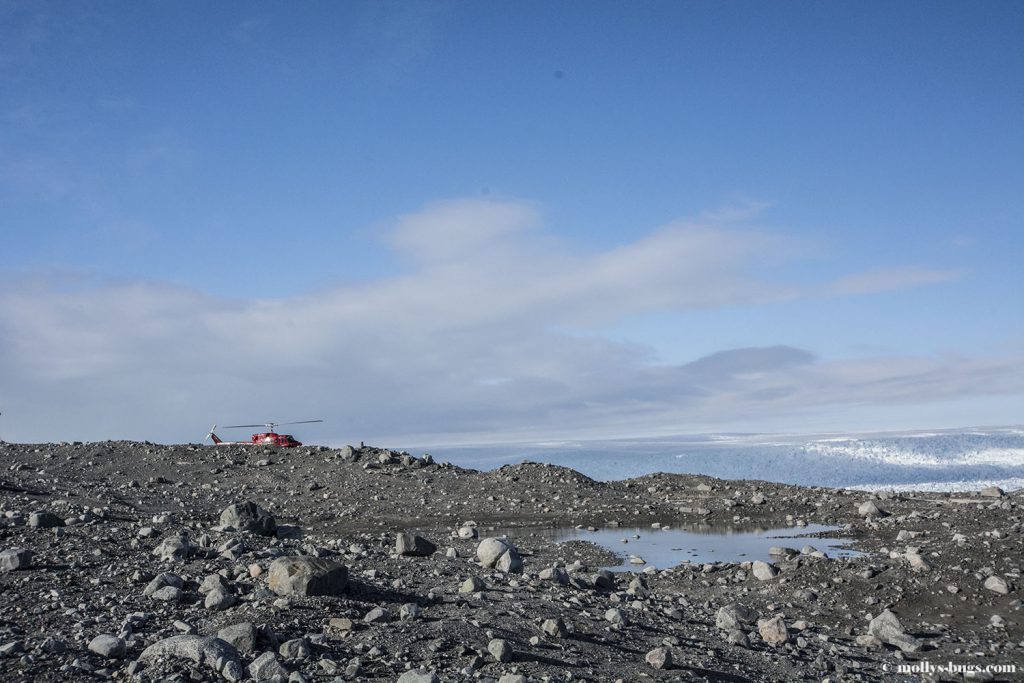
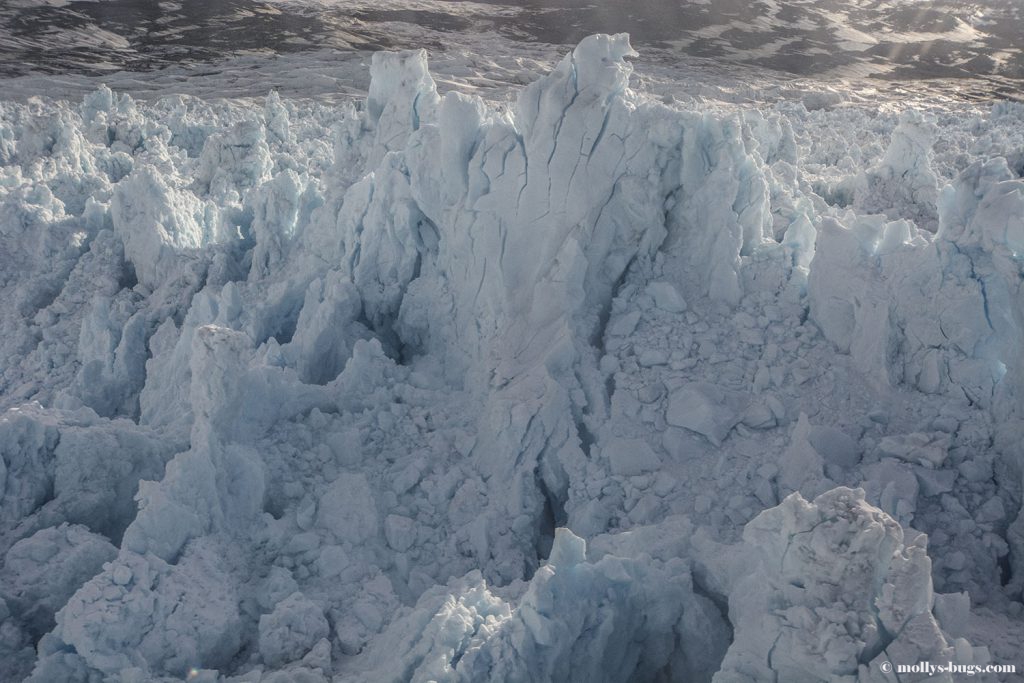
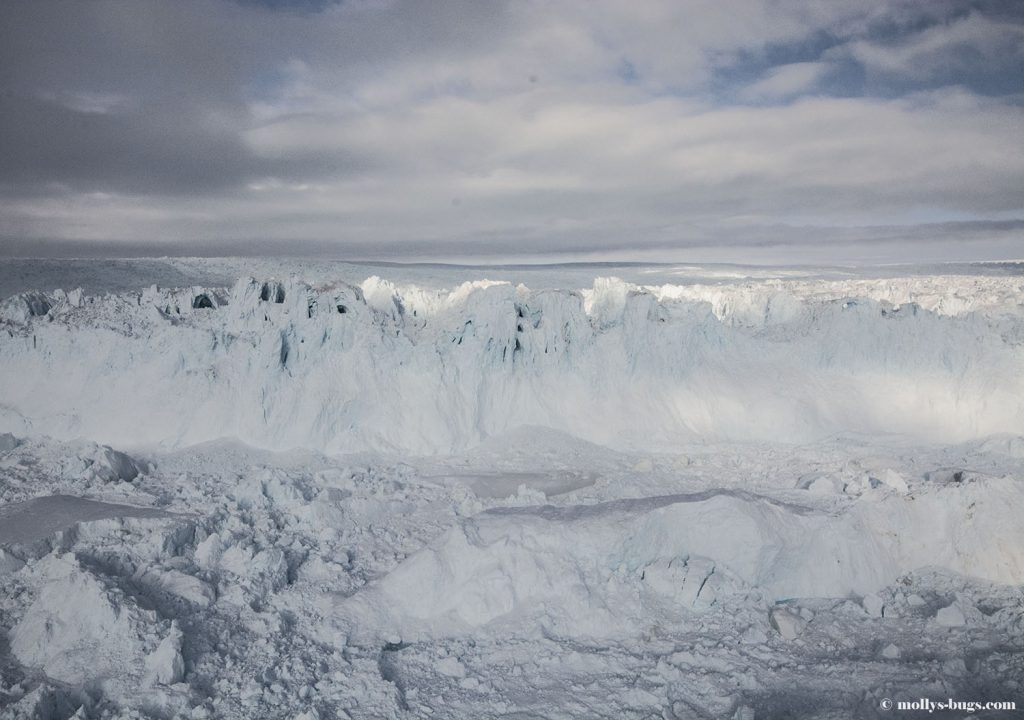
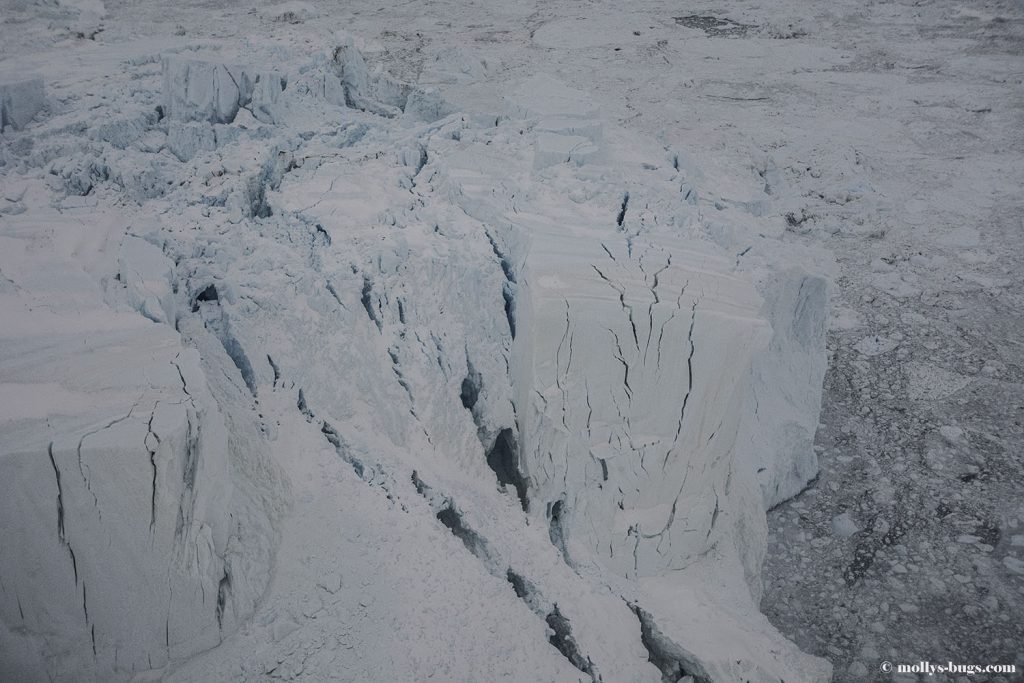
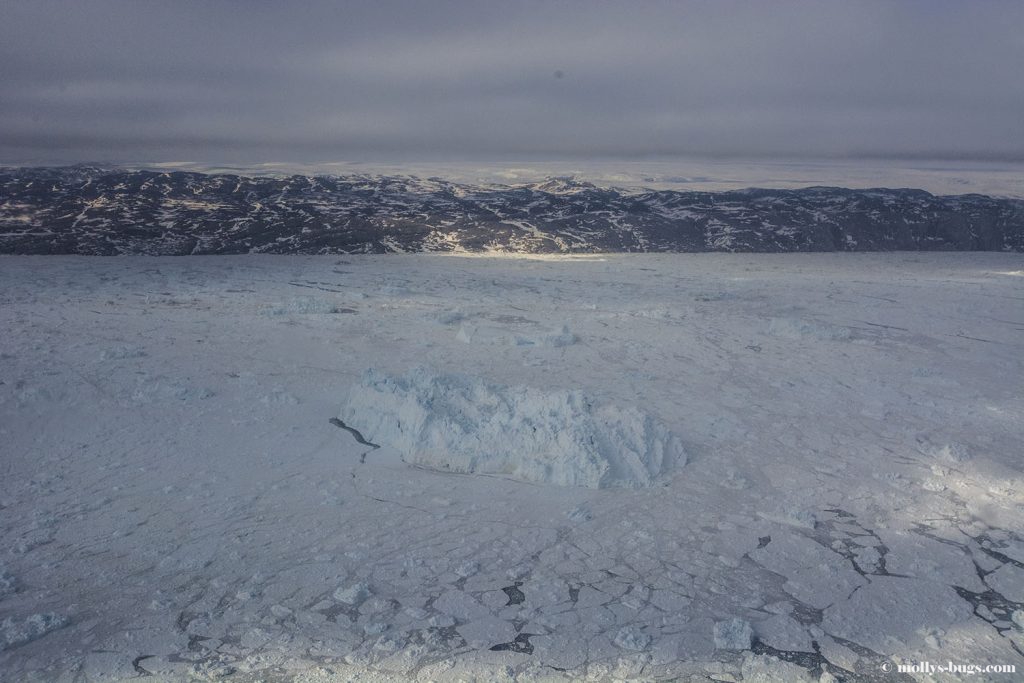
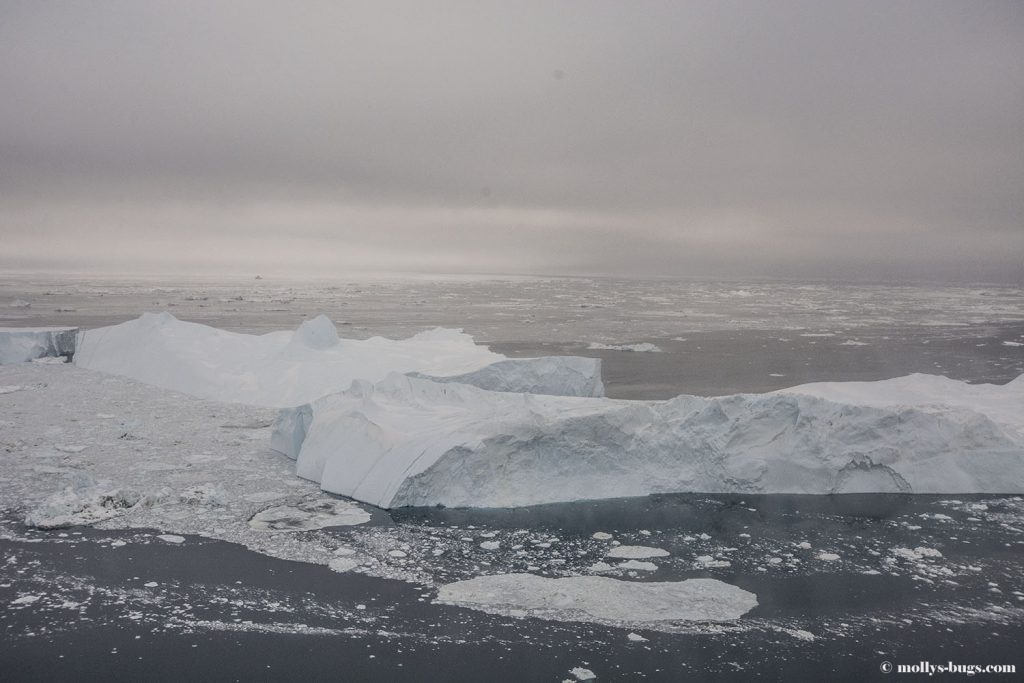
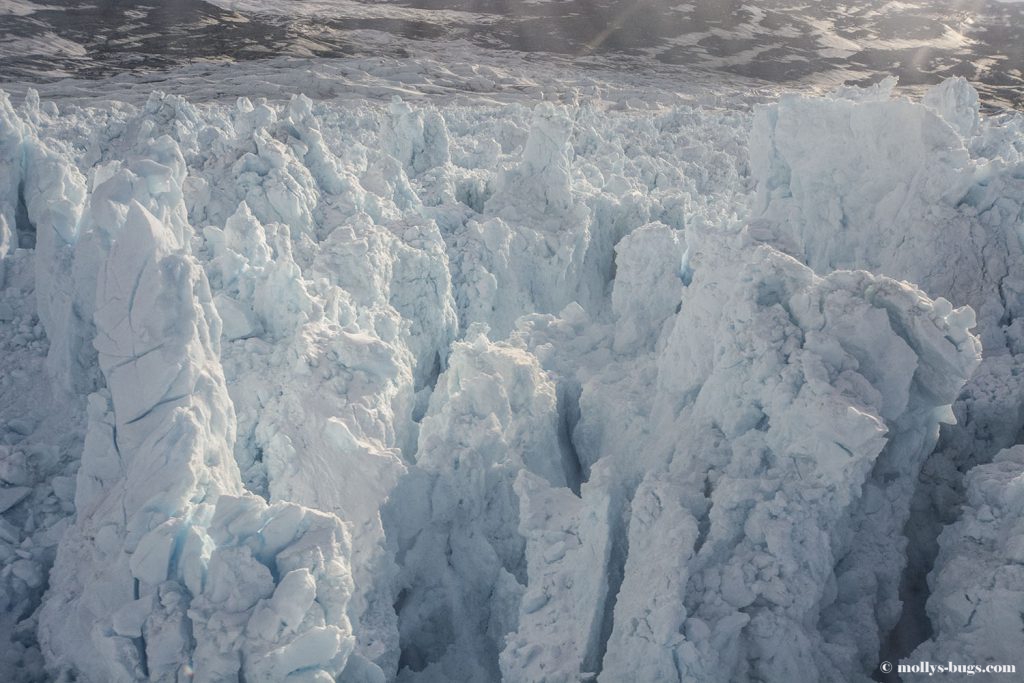
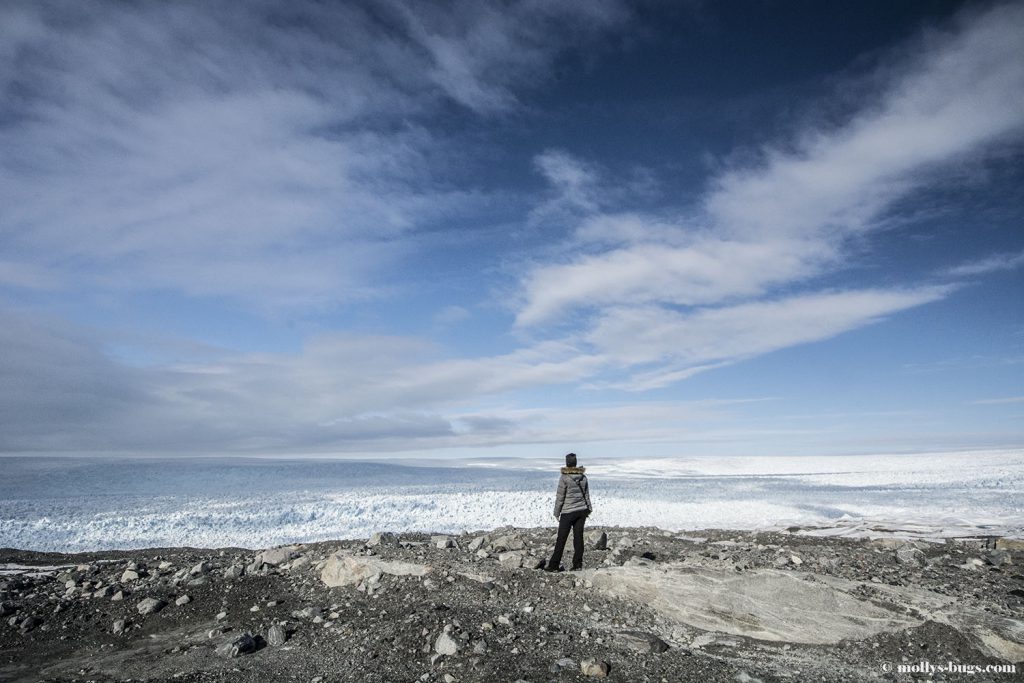
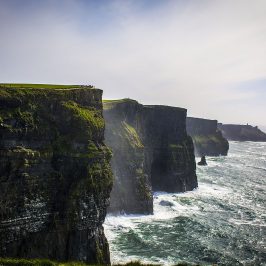
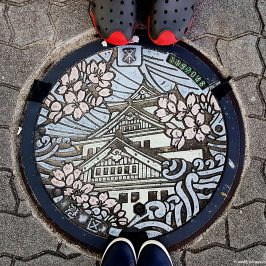
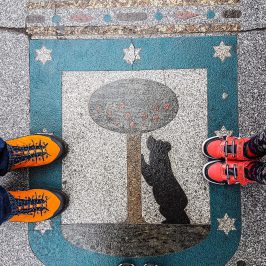
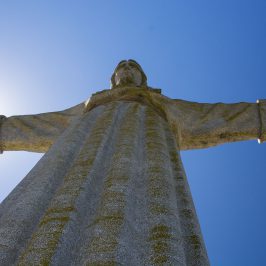
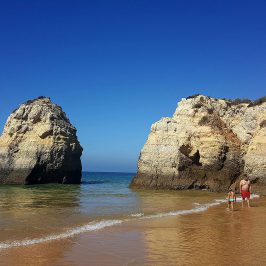
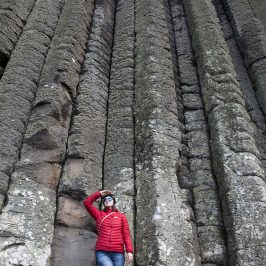
Leave a Reply